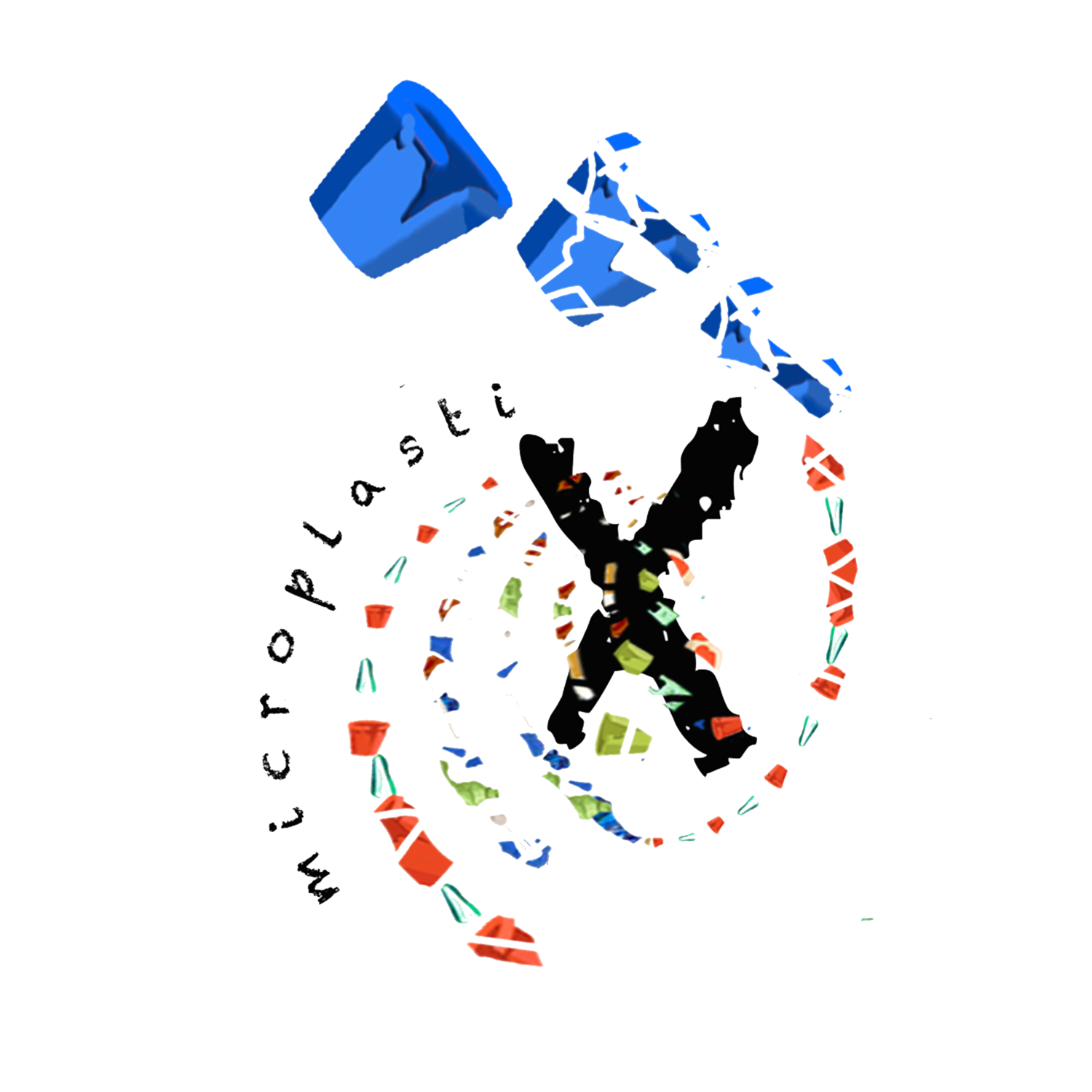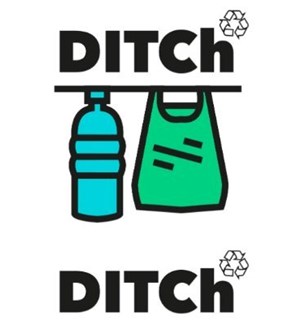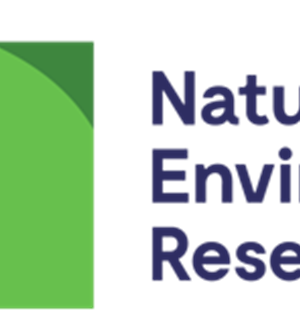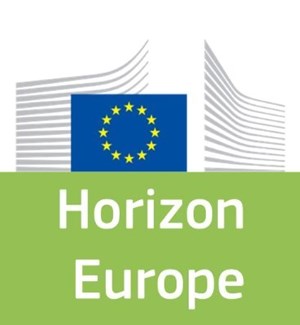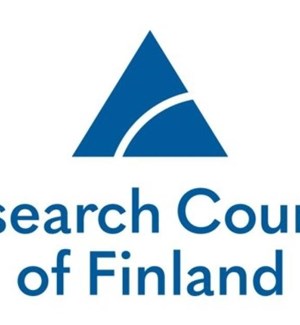- Royal Institute of Technology (KTH) - Sweden,
- Chalmers University of Technology (CTH) - Sweden,
- Universidade Federal de Pernambuco, Centro de Estudos e Ensaios em Risco e Modelagem Ambiental (UFRPE-CEERMA) - Brazil,
- Universidade Federal de Pernambuco, Laboratório de Zooplâncton (UFPE- LABZOO) - Brazil,
- Instituto Oceanográfico da Universidade de São Paulo (IOUSP) - Brazil,
- Universidade Federal do Rio de Janeiro (UFRJ) - Brazil,
- Universidade Federal do Rio Grande do Sul (UFRGS) - Brazil,
- Universidade Federal do Pernambuco, PLANKTON - Brazil,
- Sorbonne Université - France,
- Mediterranean Institute of Oceanography (MIO), Toulon University - France,
- Leibniz Institute of Polymer Research Analytics (IPF) - Germany,
- Leibniz Centre for Tropical Marine Research (ZMT) - Germany,
- Marine and Freshwater Research Centre, Galway-Mayo Institute of Technology (MFRC - GMIT) - Ireland,
- Stazione Zoologica Anton Dohrn (SZN) - Italy,
- Universidade da Coruña (UDC) - Spain
MicroplastiX is an international interdisciplinary project bringing together 15 partners from 7 countries. The main goal of the project is to improve our understanding of the degradation mechanisms that affect microplastics (MPs) in environmental conditions, an issue of pressing urgency on which there is still relatively scarce information. MicroplastiX focuses on how weathering and degradation affect plastic materials, causing them to fragment into smaller pieces. Because degradation processes are not uniform, addressing this issue is particularly relevant to assess, estimate and monitor microplastics abundances, hot-spots, distribution patterns and pathways from land sources to the ocean. The line of thought in MicroplastiX is to identify the “missing plastics” in the environment by sampling water (surface and column), sediments (intertidal and benthic) and biota (pelagic, demersal and benthic) in different habitats and geographical areas. To advance this research field, MicroplastiX intends to establish a methodological framework based on field and laboratory experiments to gather data which will be modelled through mathematical links. The United Nations (UN) and the Group of Seven (G7) have recognized anthropogenic marine litter and microplastics particles as items with negative effects on aquatic wildlife, on marine and freshwater ecosystems, on local economies and potentially on human health. The impact of these microscopic items on the natural environment is inducing concerns within the scientific community on the urgency of reducing the sources of continental pollution, which represent about 80% of the overall marine litter in our oceans. The progressive fragmentation of microplastics, due to processes of biocolonisation and weathering, makes their quantification and qualification in the aquatic environment even more complicated. Since plastic has the ability to adsorb persistent pollutants and act as a transport vector for invasive species, an additional goal is that of designing models to understand how pollutant adsorption and colonization rate by different species might contribute to changes in the physical-chemical behaviour of plastics. MicroplastiX will develop a comprehensive approach that combines field data and laboratory experiments to evaluate degradation, fragmentation and interaction of microplastics with biota. All data gathered will be used in multiscale prediction models, to provide detailed information to stakeholders on the fate and pathways from rivers to the sea. The project covers a significant area in the North and South Atlantic oceans. The research team is already working along the North-eastern, Eastern and South-eastern coast of Brazil, the North Western and South Western coasts of Africa, in the Western coast of Ireland and the Mediterranean Sea. This is a wide geographical area of ecological and economic relevance. Part of the project time and costs will be devoted to outreach activities and dissemination actions to educate and raise awareness among the general public on the impact and dynamics of marine litter and microplastics in the marine environment. This project therefore aims to directly contribute to healthy marine ecosystems by addressing the UN Sustainable Development Goals 4 (Quality education) and 14 (Life below water), and descriptor 10 (marine litter) of the EU Marine Strategy Framework Directive. This project is part of the 2nd call of JPI Oceans Joint Action 'Ecological Aspects of Microplastics'.
Want to analyze based on this project via our analysis tool? Analyze this project
Knowledge Gaps
Degradation
Environmental fate and behavior of plastic
Environmental effects and ecotoxicity
Environmental exposure
Bioaccumulation and persistence test methods
Publications
